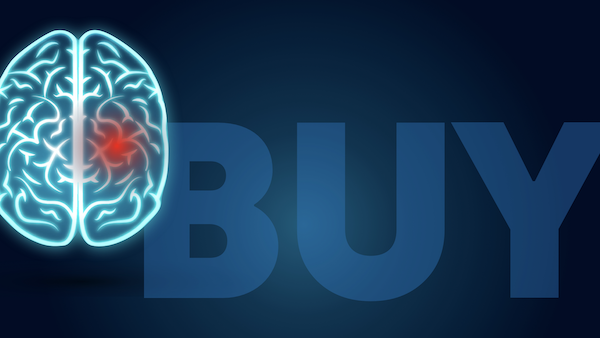Vanessa Bosman, Group MD at Just Design, discusses consumer mind mapping and how to become a splash of hot pink in a sea of grey.
Every day you are bombarded with visual stimuli. Your breakfast, your emails, your social media feeds, and almost every item you interact with, blast your brain with imagery in an attempt to get attention. Your brain diverts all of it to the unconscious side, including that very expensive campaign-from-that-oh-so-trendy agency.
Unless, of course, it triggers some sort of divergence, something visually disruptive that forces the conscious brain to process and investigate. This exact moment is half the job done, but to seal the deal, successful packaging also has to be highly creative in order to keep the brain curious and engaged. The more creative the design, the greater the influence on persuasion to purchase. Welcome to neuromarketing: the science that can help agencies and marketers understand and control this moment of inception.
Catching The Consumer’s Drift?
We put the consumer at the centre of everything we do. If we didn’t, we wouldn’t have a hope in hell of producing work that succeeds in market. The more insight and feedback we can glean from the consumer to inform the design process, the better. But how far are we prepared to go to get this data? Traditional research methods aren’t 100% accurate because people lie – to themselves – and without even knowing it. Brains, however, do not.
The controversial science of neuromarketing goes straight to the source and measures things like brain activity and heart rate to uncover the true unbiased reactions to marketing stimuli like packaging . Using EEG, fMRI and eye-tracking, it can unlock the secrets behind consumer motivations, preferences and decisions. So much so, in fact, that there is concern over being able to ‘control’ consumers’ minds.
The idea that neuromarketing could discover the magic ‘buy button’ in the brain, may be a little hysterical. We prefer to see it more like Derren Brown, the mentalist who is able to get people to say, do and think certain things, simply by reading their bodily cues. Packaging design is a blend of science and creative output. In order to produce truly creative designs that connect with consumers, you need a specialist agency with very solid experience and understanding of consumer behaviour and decision making.
The Value Of Understanding Your Consumer, Inside And Out:
It has become impossible to succeed as a retail product simply by ‘winging it’ or emulating others. Appealing to what consumers really feel is what separates household names from brands that come up as obscure references in trivia games. Any agency that is not in with consumers, on every possible level, is going to fall short. A good agency can apply a range of techniques to pique the consumers’ interest. A great agency, however, comes armed with in-depth insight and engages with the consumer throughout the design process to deliver truly creative solutions that engage the mind’s inherent curiosity and keep us all swiping away.
Good Versus Great
During the last Olympics, the difference between gold and last place was 0.18 seconds. Similarly, the difference between good and great agencies may seem small, but the track record tells the full story. Sinking marketing activity into run-of-the-mill executions or ego-driven flights of fancy, are great ways to spend that budget and achieve very little. When one considers just how difficult it is to simply stimulate the brain to pay attention, it should stand to good reason then, that packaging is not something that any agency can do. Whether it is through neuromarketing or any other method of consumer engagement, becoming the packaging earworm that lives in a consumer’s brain, calls for a specialist.
Now, about that Buy Button…
JUSTDESIGN
https://www.justdesign.co.za










